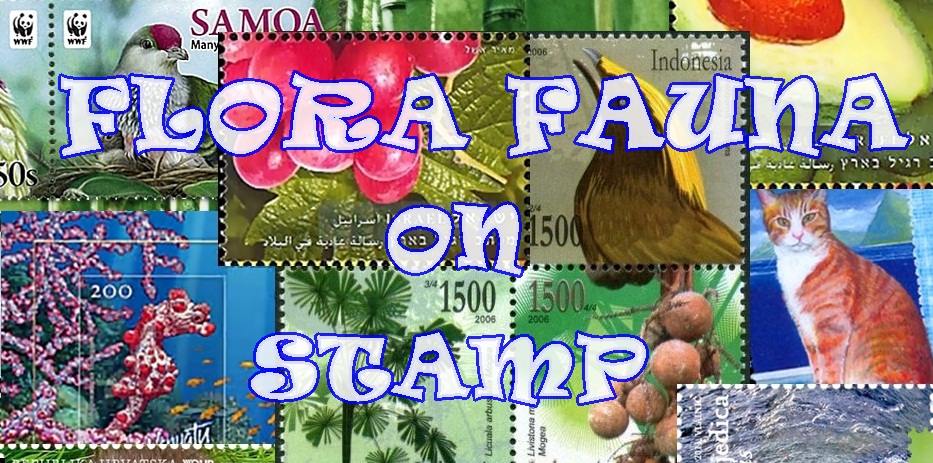 This stamp depict one species of butterfly, Danaus Genutia.
This stamp depict one species of butterfly, Danaus Genutia.The butterfly closely resembles the Monarch butterfly (Danaus plexippus) of the Americas.
The wingspan is 75 to 95 mm. Both sexes of the butterfly have tawny wings with veins marked with broad black bands. The female has a pouch on the hindwing. The margins of the wings are black with two rows of white spots.The underside of the wings resembles the upperside but is paler in colouration. The male Common Tiger has a prominent black-and-white spot on the underside of the hindwing.
Distribution and ecology
D. genutia is distributed throughout India, Sri Lanka, Myanmar and extending to South East Asia and Australia (except New Guinea). At least in the South Asia part of its range it is fairly common, locally very common.
This butterfly occurs in scrub jungles, fallowland adjacent to habitation, dry and moist deciduous forests, preferring areas of moderate to heavy rainfall. Also occurs in degraded hill slopes and ridges, both, bare or denuded, and, those covered with secondary growth.






